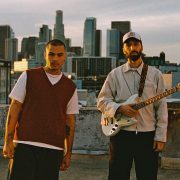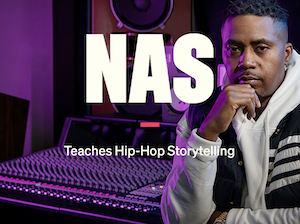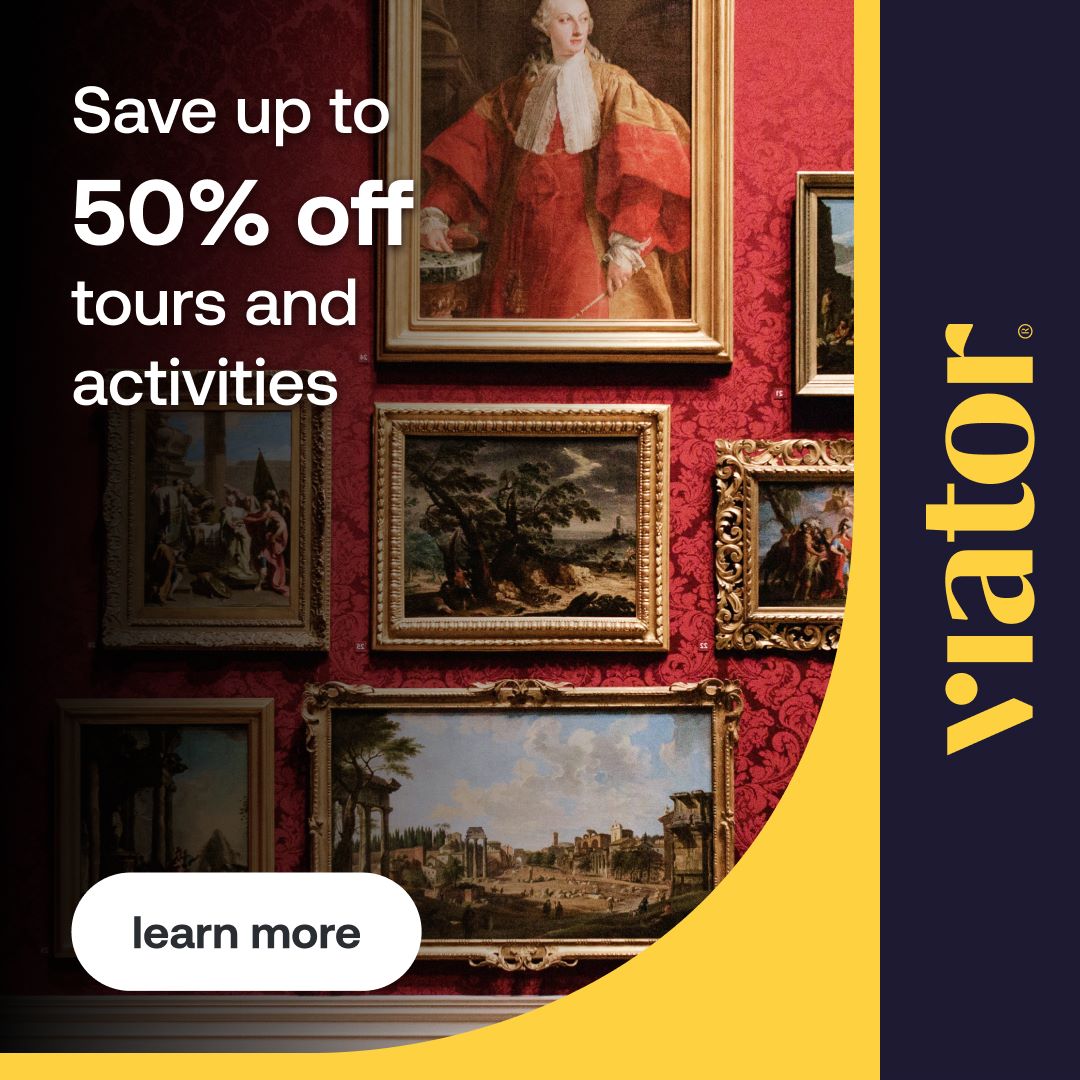Independent Spotlight: Green Arthur delves into his journey as an independent artist

Independent Spotlight is an interview series shining a light on some of the music scene’s talented independent musicians to discuss how it is to navigate the industry as an independent artist.
* * *
Green Arthur, also known as Peter Dorrien Traisci, the rising indie rock sensation, continues to mesmerize audiences with his latest offering, “Rest in Reverse“. Building on the success of his previous single, “Pine Needles“, Green Arthur delivers yet another electrifying anthem that seamlessly merges indie and alternative rock genres. His musical evolution is a testament to his upbringing surrounded by the timeless melodies of Bob Dylan, The Beatles, and Carly Simon. Anchored in his childhood experiences, Green Arthur, now based in Newport, Rhode Island, channels these influences to create songs that exude authenticity and nostalgia.
In an interview with Quip, Green Arthur discussed his career so far as a self-reliant artist in the ever-evolving landscape of the music industry, offering invaluable insights and reflections along the way.
Nathan Miller: Let us know about your background and journey in music so far?
Green Arthur: I have played music for most of my life. My parents enrolled me in piano lessons when I was young, but my first real love was the guitar. I received one as a gift from my dad when I was about 15. It didn’t take me long to start working out songs. I used to listen to Nirvana and Pearl Jam songs over and over until I could play them. In my 20s, I lived in Nashville and toured with a few different artists. I also played drums in a really fun band called Jetpack. Later, I spent time in New York writing and performing with my now producer, Wes Hutchinson, who is a super-talented musician and a great friend.
The Green Arthur project is relatively new but has been so cathartic and rewarding for me. I don’t think I would have been able to make the music I am making now when I was younger. All of my collective experiences sort of led me to this point. I am really grateful.
NM: What are the most rewarding things about being an independent artist?
GA: For me, the most rewarding aspect of being an independent artist is having the freedom to create and release music on my own schedule and in my own way. What I mean is that the entire process is shaped by me, which I appreciate. If I want to release a song that I finished a few years ago but is just now feeling good, I can do that. There is no one breathing down my neck or telling me when and how to release music.
NM: What are the most challenging things about being an independent artist?
GA: Probably the biggest challenge these days is finding ways to set yourself apart from the crowd. There is so much music being released at all times – it can be easy to get lost in the shuffle. I’m also a bit older than a lot of independent artists, so the social media self-promotion doesn’t come as easily to me.
NM: How do you think these challenges can be overcome?
GA: I heard an interview recently with Trevor Powers who is Youth Lagoon. He is such an articulate guy, and he was talking about how you just have to make music that is exciting to you. If you are true to your creative process, people will eventually hear it and find meaning in it. The minute you start trying to make something with the intention of pleasing someone else, you are kind of done. The question I always ask myself is, “Does this excite me? Is this something I would want to listen to?” It’s a constant process of realigning the work with your true creative spirit.
NM: What advice would you give to other independent musicians out there?
GA: I would say that the most important thing is to just keep creating. You have to produce dozens of bad ideas in order to find the gems. It’s a process, and most often, it is a matter of just putting yourself in the position to be able to tap into the creative flow. We’re often discouraged because of self-doubt, and that can really stunt the creative process. Just allowing yourself the space to make music every day is so important – even if nothing amazing comes of it every time.
NM: As an independent artist, what’s one thing you know now that you wish you knew back then?
GA: As silly as it may sound, I think it’s so important to stay true to yourself. When you’re younger, it can be super easy to fall into the trap of making the music that you think people want to hear. That’s a dangerous path to take. As I’ve gotten older, I’ve sort of made peace with the idea that making the music I want to make will ultimately be more fulfilling than chasing any particular trend or sound. The people who are meant to find my music will eventually find it. There is great satisfaction and peace in that perspective.
NM: Tell us about the label Dad’s Old Records?
GA: That is the label I created to release my own music. I liked the idea of referencing my dad’s records in the title, as my parents’ music collection played a huge role in my development as a musician. I grew up listening to amazing records from Bob Dylan, Carly Simon, The Beatles. There was always music in the house, and I think it affected me in a very profound way. I am grateful that my parents helped foster and support a love of good art from a very young age. In the future, I would love to release the work of other artists on the label. I have so many talented friends – it would be great to sort of create a tight-knit label community with artists that I really admire.
NM: Independent artists often wear many hats. What does this look like for you? And how do you divide your time up?
GA: This is a great question. Yes, the percentage of independent artists who can make a full-time living from their music is very low. Most income now is generated via touring – not from record sales/streaming. So, artists have to have the freedom and support to tour pretty extensively if they want to try to make a living. I have a full-time teaching position, which allows me the freedom to create in my free time without the pressure of music being my primary source of income. Another way to generate income without touring is through licensing your music to TV, film, etc. This can be quite lucrative, depending on the placement, but AI is threatening that model. Artists will have to maintain a united front in order to keep human-made music at the forefront.
NM: How do you think streaming platforms can better help independent musicians?
GA: This is a tricky one. There is a lot of anger directed at streaming platforms these days – and rightly so. The rates that most platforms payout to artists/labels are distressingly low. It is incredibly difficult to make a living solely from streaming income. That being said, platforms like Spotify do provide a place for people to discover new music, which is great. There is more music at our fingertips than ever before – the challenge is standing out from the crowd. There is a lot of pressure to be added to big playlists, etc. I do think that streaming platforms need to find a royalty model that is more sustainable for everyone involved.
NM: Let’s spread the love! What independent musicians are you fans of and think deserve more attention?
GA: There is a songwriter in Little Rock, Arkansas, named Isaac Alexander, who is probably the best songwriter I know. He also happens to be one of my closest friends. I covered his song, “Pine Needles”, last year. His ability to process experiences and distill them into lyrics is pretty amazing. I also love Liam Kazar, who is part of that Chicago community with Spencer Tweedy, etc. He writes amazing songs. His record, Due North, is pretty immaculate.
NM: Where do you see yourself in five years’ time?
GA: I hope to still be writing and recording and, hopefully, reaching more people with my music. I would also love to do more touring. I have some fun shows in the works and hope to do more. It would also be great to expand my home studio. There is so much you can do with home recording – the sky really is the limit. That being said, I am constantly learning about what I can do myself and what is best left to the professionals [laughs]. I really like the idea of creating and recording music leading to a better understanding of my own strengths as a musician and human. There is a lot of failure involved, which you have to be open to.
NM: Give us the full scoop and tell us all about your latest single, “Rest in Reverse”?
GA: I am really proud of this song. It began as a simple tune played on acoustic guitar, but I kind of immediately knew that I had something good going. The lyrics came very easily, which is generally a sign that I am tapped into something greater than myself. The song really speaks about the human condition and our seemingly endless search for pleasure and meaning. We seek meaning in a million different ways, but ultimately the search leads back to oneself. “I think I’ll live the rest in reverse / I think I’ll try me” – I like the idea of finding peace with yourself and sort of reclaiming that childlike innocence we all start out with. Some amazing musicians played on the final version of this single, including John Stirratt from Wilco. He’s been a friend for a while and is such a kind human being. I am proud of everyone’s contributions to the song.
NM: Bonus question! A question you’d like to answer that wasn’t asked in this interview…
GA: Question: What is the origin of the name Green Arthur?
Answer: Green Arthur is the name of my childhood imaginary friend. I’m not sure how the name was created, but I liked the idea of using a childhood reference in my artist name. We all start out playful and innocent, but somewhere along the way, we become very self-conscious and self-critical. For me, creating music is a liberating return to that playful state.
Image by Maaike Bernstrom, courtesy of the artist
















